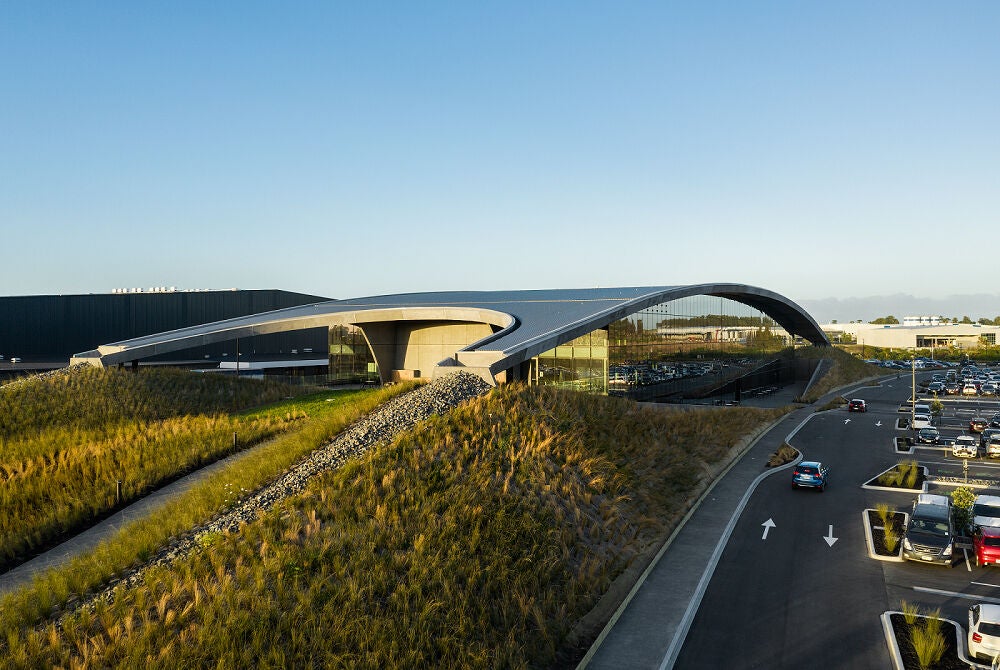Latest research shows industrial property market hasn’t missed a beat
In launching Bayleys Research’s latest Auckland industrial market update, Scott Campbell, Bayleys national director of industrial, said the “big shed” industrial sector has taken everything the global pandemic threw at it, and emerged a winner.
“It’s a sector that simply forges on, with industry data confirming that on 15-year long-run income return averages and capital growth, industrial property heads the league table.
“We have seen significant yield compression over the past six months, with evidence showing that prime assets in good locations with strong tenant covenants are transacting at yields averaging between 3.70 and 4.15 percent – or better.
“We’re getting hints that yields are starting to stabilise, but there is still historically-low vacancy Auckland-wide, with the wider airport precinct at sub-1 percent and the North Shore at 1.48 percent.”
Campbell said industrial land values went up 22 percent in the past 12 months and developable land is still very hard to come by, with the majority held in institutional or high-net-worth ownership.
“In the Auckland region, land zoned for industrial use is pretty much all spoken for – even as far south as Drury where all titled land has been snapped up and developers are awaiting the next tranche to come to the market.
“Given the sheer demand for industrial property and the ever-growing ecommerce market, we would expect to see more industrial land released – or other land rezoned – to meet this surge.”
Bayleys estimates that there is around 500,000sqm of new industrial development on the drawing board in the Auckland market, to be cycled out over the next two years.
“This is generally for new warehouse space in developments larger than 10,000sqm,” said Campbell.
“Strategic planning by businesses in response to ecommerce growth, has highlighted tangible gaps in the existing market – hence the scramble for land sites and the the facilitation of purpose-built premises that can support operations with scale.
“Much of the new space that will come on stream between now and 2024, is pre-committed, with business operators working closely with developers on build-to-spec’ projects.”
The growth in ecommerce is fuelling the urban logistics component of the market, with Campbell saying that consumers’ last-mile delivery expectations are driving competition for centrally-located warehouses to meet those fulfilment demands.
“According to NZ Post data, Kiwis spent nearly $6 billion online in 2020, with 11 percent of all shopping now done via clicks,” said Campbell.
“Further, one-third of online spend is from the Auckland region which underscores the need for optimally-positioned industrial property that is well-networked to transport arterials and ports.
“Investment in state-of-the-art mega-distribution centres by New Zealand’s grocery giants Foodstuffs and Woolworths NZ Ltd – with developments in the airport precinct and Wiri, respectively – illustrate the growth in the food slice of the ecommerce pie.”
Campbell said one positive to have come out of lower visitor numbers transiting through Auckland Airport has been the progress made on roading infrastructure in the broader airport precinct.
“Auckland Airport is one of the most active developers in the Auckland region and while COVID may have stalled visitor movements at the airport, the pause has provided relief to traffic congestion and allowed some vital roading infrastructure to proceed at pace which ultimately, will streamline operations for occupiers.”
Bayleys Research’s Auckland industrial market update which provides data to support themes impacting the sector currently, is available from Bayleys offices across Auckland or online at bayleys.co.nz/research/commercial

